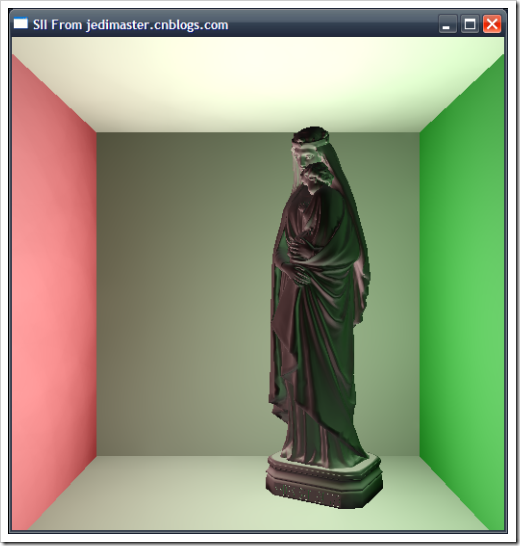Lucas定理是用于求解C(n,m)%p的问题
这里小编用一张图:
这张图就很完整的说明了Lucas定理的内容,比较简单,也比较好理解,小编也就不多说了。
#include <cstdio>
#include <cstring>
#include <iostream>
#include <algorithm>
using namespace std;
typedef long long LL;
LL Power_mod(LL a, LL b, LL p)
{LL res = 1;while(b!=0){if(b&1) res = (res*a)%p;a = (a*a)%p;b >>= 1;}return res;
}
LL Comb(LL a,LL b, LL p)
{if(a < b) return 0;if(a == b) return 1;if(b > a-b) b = a-b;LL ans = 1, ca = 1, cb = 1;for(LL i=0; i<b; ++i){ca = (ca*(a-i))%p;cb = (cb*(b-i))%p;}ans = (ca*Power_mod(cb, p-2, p))%p;return ans;
}
LL Lucas(int n, int m, int p)
{LL ans = 1;while(n && m && ans){ans = (ans * Comb(n%p, m%p, p))%p;n /= p;m /= p;}return ans;
}
int main()
{int n,m,p;while(scanf("%d%d%d",&n,&m,&p) !=EOF){printf("%lld\n",Lucas(n,m,p));}return 0;
}


















